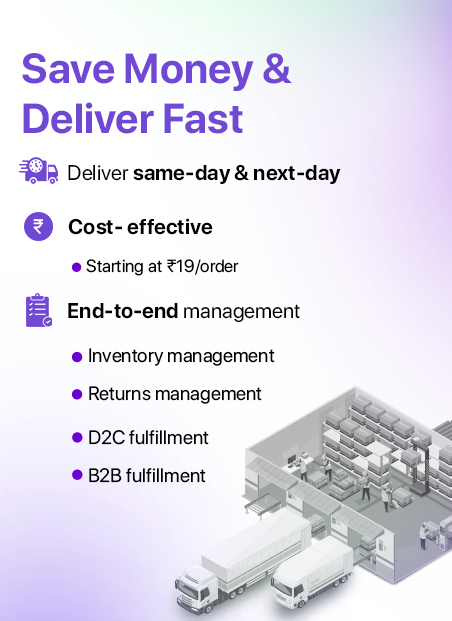
Understanding The Concept of Production Forecasting
When running a direct-to-consumer eCommerce business, you must pay attention to every minute detail of your business. From the start of...

[Infographic] Demand Forecasting In Supply Chain
To ensure your eCommerce supply chain runs smoothly, you must ensure that all operations work efficiently. This means you must be...
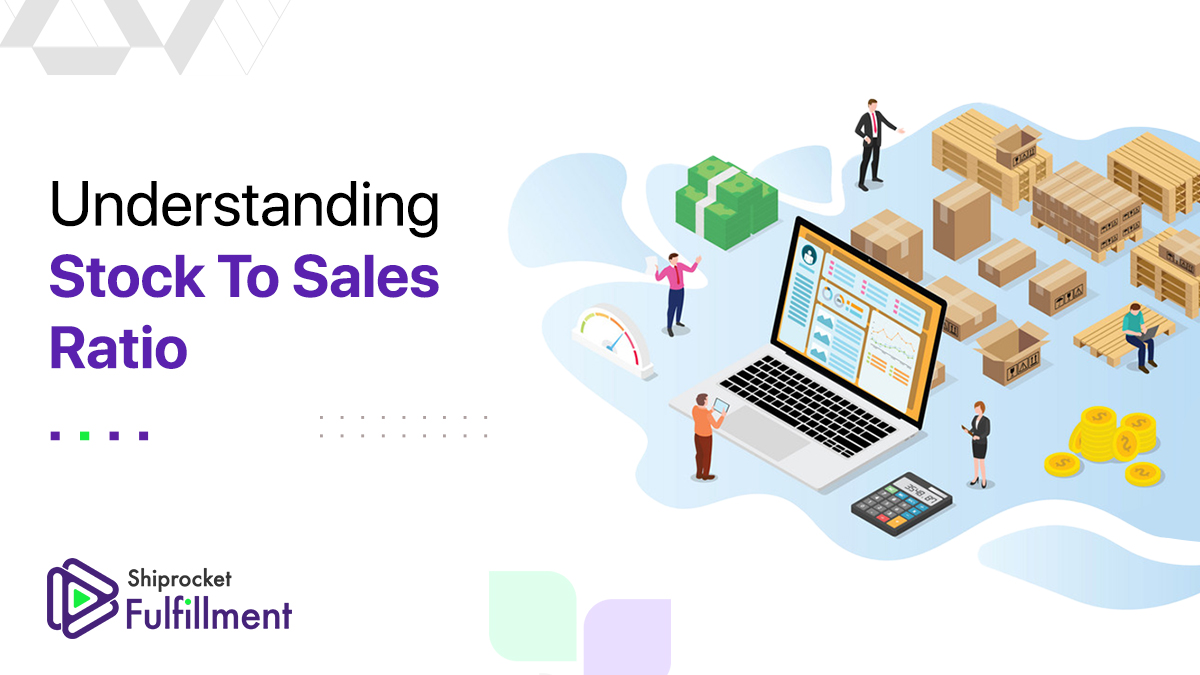
The Correct Way For Calculating Stock to Sales Ratio
The eCommerce market today is constantly evolving. This means that the stock purchase for one month might either be sold too...
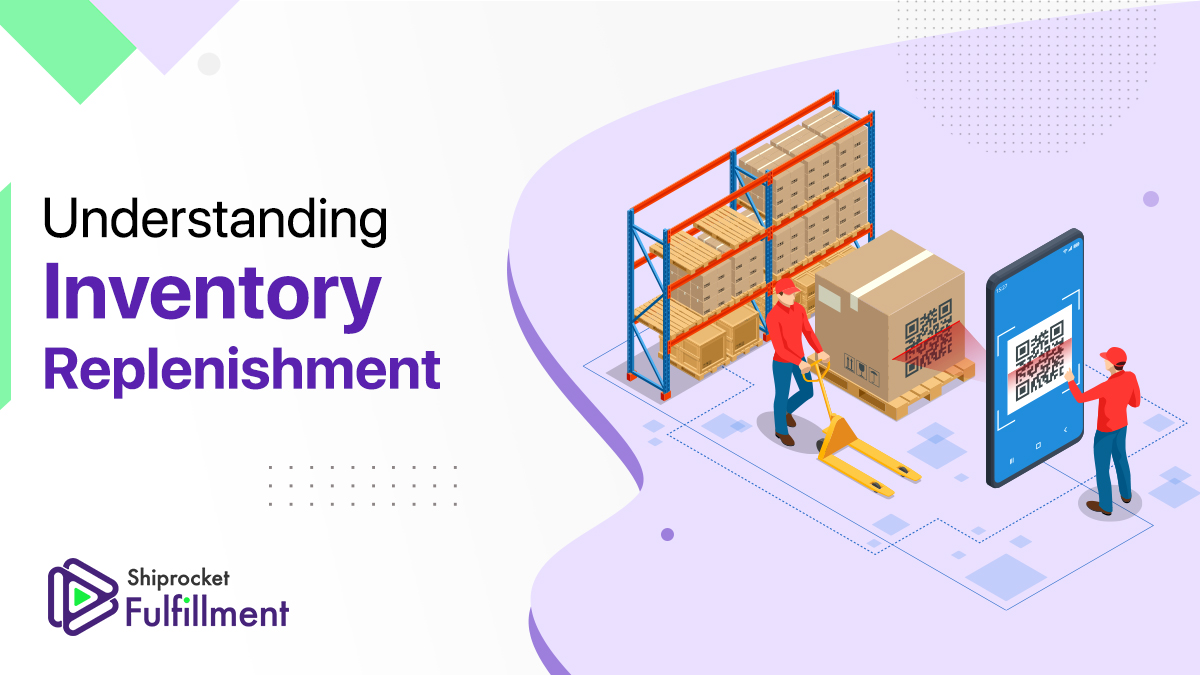
How to Conduct Inventory Replenishment Successfully?
Inventory management is one of the most critical aspects of your eCommerce fulfillment supply chain. You need to ensure that this...
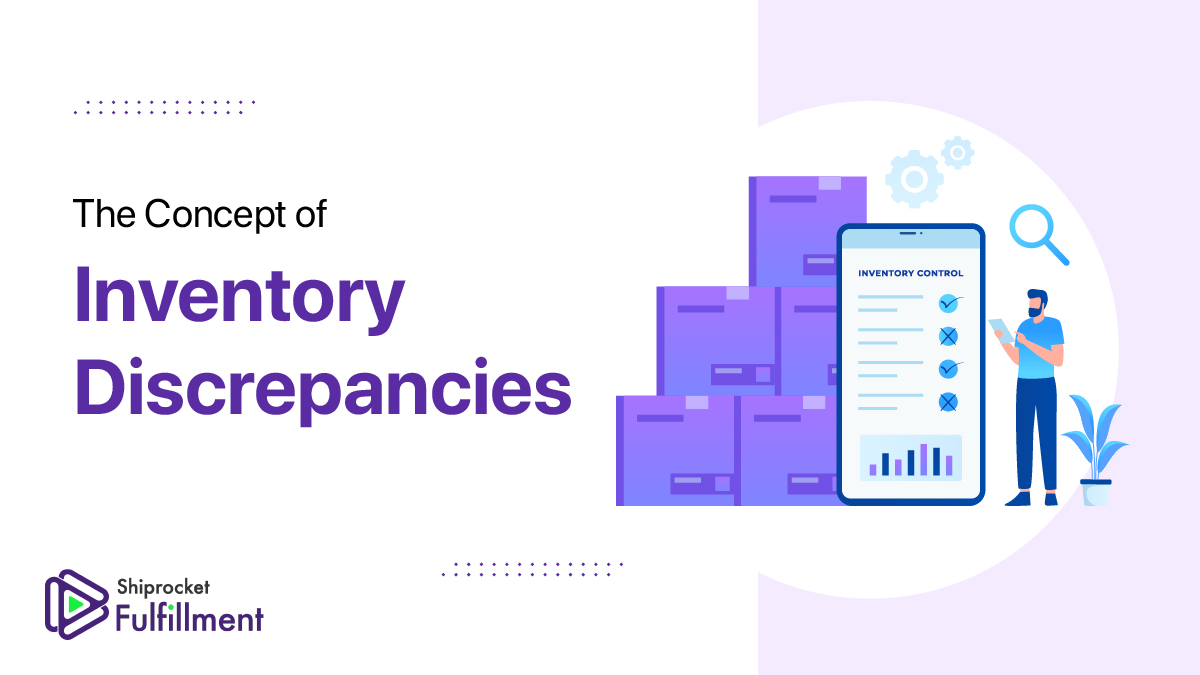
Understanding The Concept of Inventory Discrepancies in Warehouse Management
Inventory management forms an integral part of your eCommerce supply chain. It seems like a simple process; however, it has a...
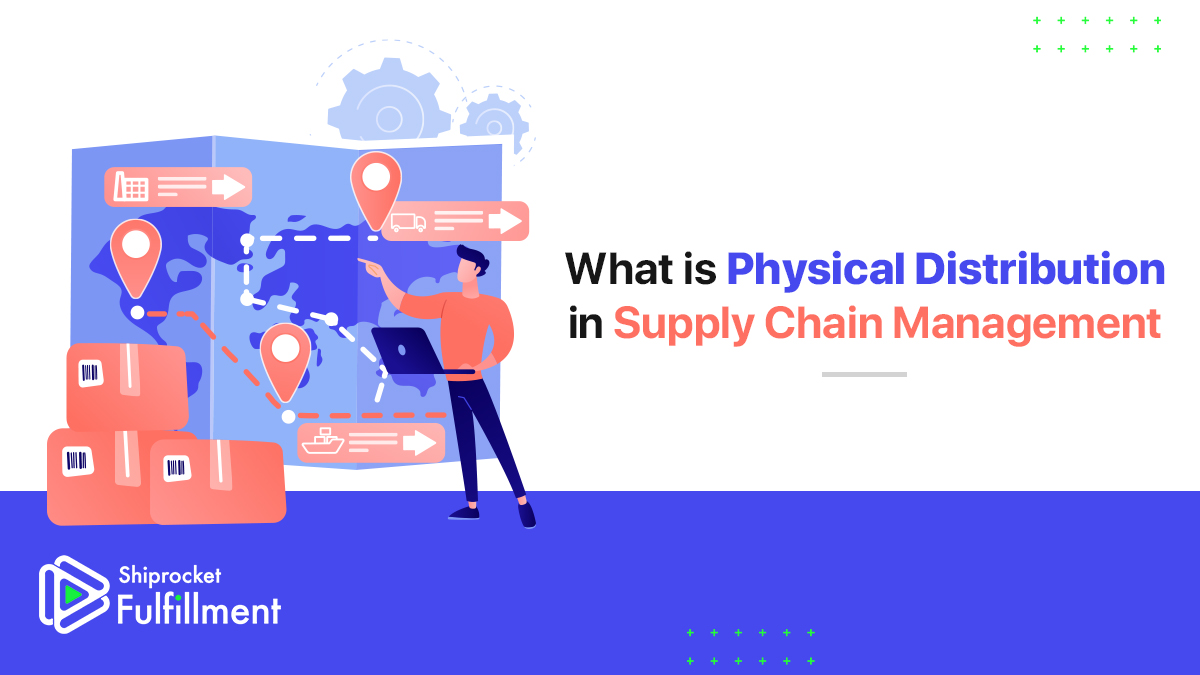
What is Physical Distribution in Supply Chain Management
Physical Distribution in supply chain management is the way retailers make their products available to the end consumers. It’s one of...
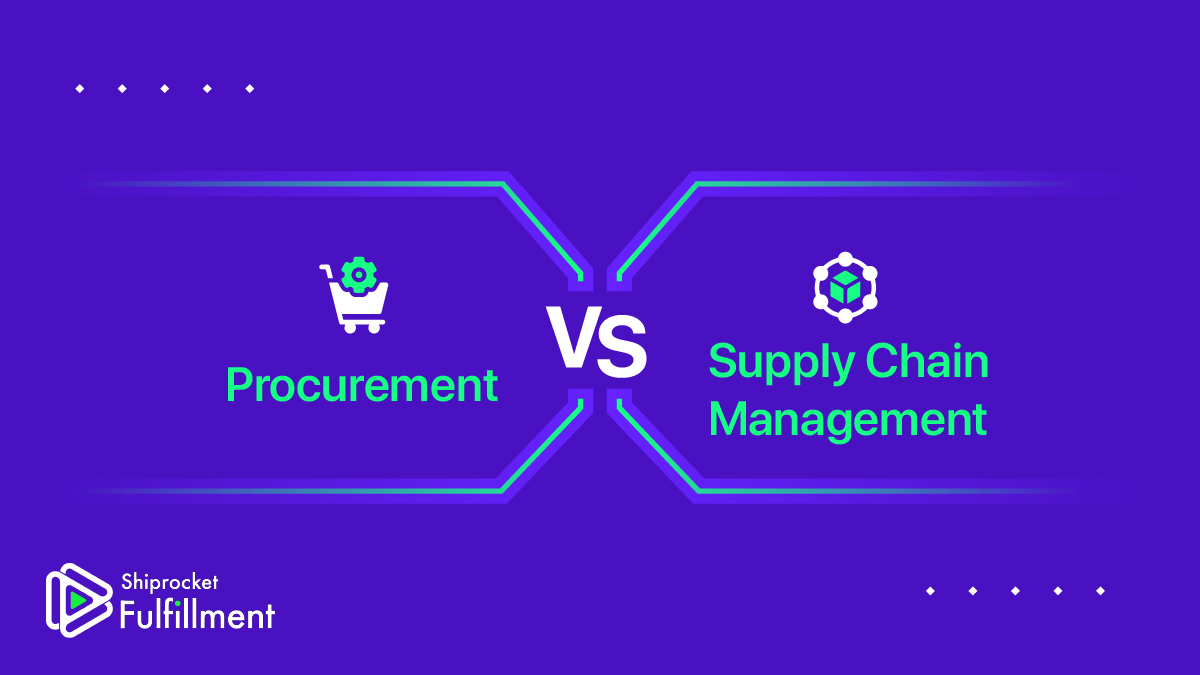
Procurement & Supply Chain Management: Knowing the Difference
To handle the rapidly changing customer demand and compete in the cut-throat competition, all business owners need to know the different...
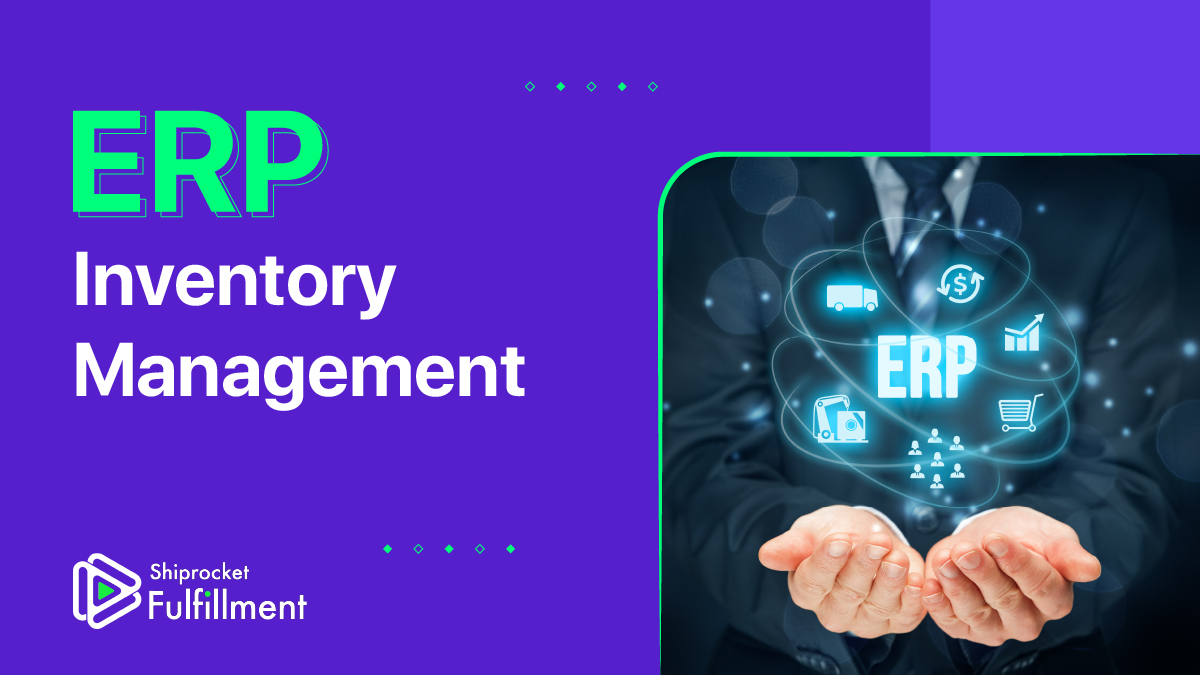
What is ERP Inventory Management & Its Significance in eCommerce Fulfillment?
Inventory management is an integral part of your eCommerce fulfillment supply chain. If you are not handled correctly, you can face...
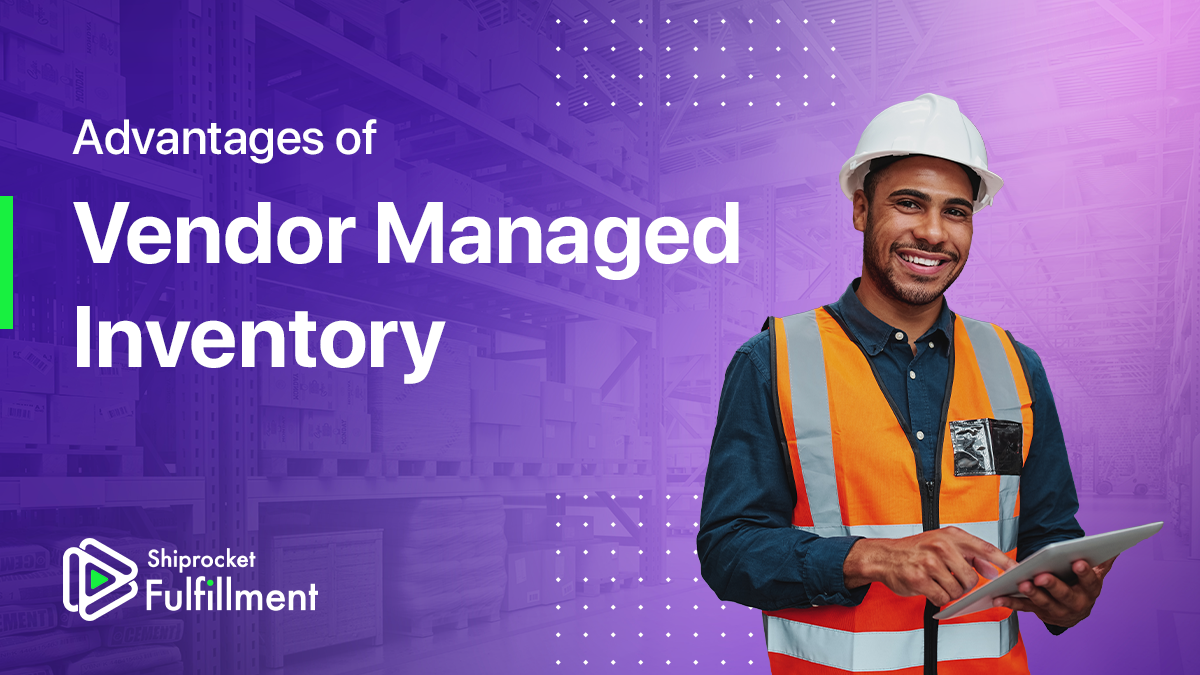
Vendor Managed Inventory: Advantages & Disadvantages
Running a business successfully is a challenging task. To derive growth and success, you need to streamline your day-to-day business operations...
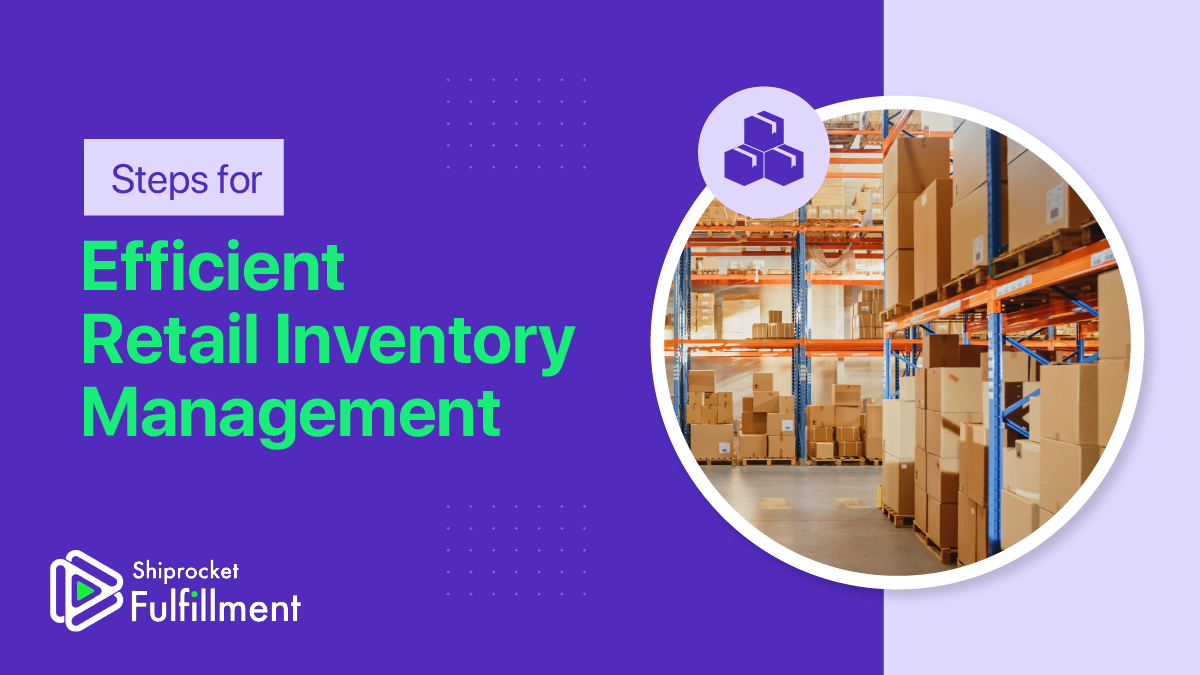
Efficient Retail Inventory Management: Retailers Guide for 2025
Retail inventory management is the process of managing the inventory (products) that your buyers want. It involves stocking, pricing, promoting, and...
Get a callback from our expert within minutes

